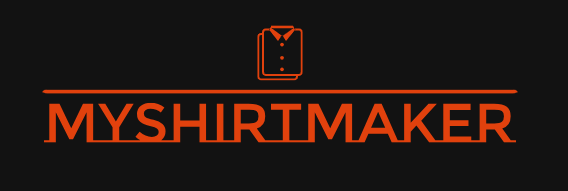When Does Agile Product Development Deliver the Most Value?

Meta Description: Discover “when” Agile Product Development excels, providing flexibility, rapid iteration, and customer focus to deliver continuous value in dynamic environments.
Key Takeaways:
- Agile Product Development is an iterative and incremental approach that prioritizes flexibility, collaboration, and rapid delivery of working software.
- It’s particularly effective in environments characterized by rapidly changing requirements and high levels of uncertainty.
- Agile methodologies include Scrum, Kanban, and Lean, each offering a framework for iterative progress.
- Key benefits include faster time-to-market, improved product quality, and enhanced customer satisfaction.
- Successful Agile Product Development requires a cultural shift towards transparency, trust, and continuous improvement.
When Does Agile Product Development Deliver the Most Value? The “When” Explained
In the ever-evolving landscape of technology and customer expectations, the traditional linear approach to product creation often struggles to keep pace. This is precisely when Agile Product Development emerges as a superior methodology, delivering immense value. But when is it truly most effective, and under what conditions does its power become undeniable? Agile Product Development is an iterative and incremental approach that focuses on delivering working software frequently, in small, manageable increments. It champions flexibility over rigid plans, collaboration over extensive documentation, and responding to change over strictly following a plan. The “when” for Agile’s peak performance is typically in environments marked by high uncertainty, rapidly changing market demands, and a need for continuous feedback. When a product’s final form isn’t perfectly clear from the outset, or when customer needs are likely to evolve during the development cycle, Agile provides the necessary adaptability. It allows teams to pivot quickly, incorporate new learnings, and ensure the product remains relevant and valuable throughout its lifecycle, unlike Waterfall models that might commit to a lengthy, unchangeable plan.
How Product Development Adapts to Evolving Requirements
One of the most compelling “whens” for Agile Product Development is in situations where requirements are not fully defined at the project’s inception or are expected to change significantly. Traditional development models often struggle with scope creep and costly reworks when faced with shifting demands. Agile, however, is built to embrace change. Instead of defining all features upfront, Agile Product Development works in short cycles called sprints (typically 1-4 weeks). At the end of each sprint, a potentially shippable increment of the product is delivered. This allows for continuous feedback from stakeholders and end-users. If market conditions change, or if user testing reveals new insights, the product backlog can be reprioritized and adjusted in subsequent sprints. This iterative feedback loop means that the product continuously evolves to meet current needs, rather than being built to outdated specifications. This adaptability is critical in today’s fast-paced markets, where being able to quickly respond to new trends or competitive pressures can make the difference between success and failure.
The Benefit of Early and Continuous Delivery in Development
Agile Product Development truly shines “when” there’s a need for early and continuous delivery of value to the customer. Instead of waiting for a monolithic release at the very end of a long development cycle, Agile emphasizes delivering working software frequently. This means customers can start using key features much sooner, even if the product is not fully complete. This early access provides immediate value to the user and generates crucial real-world feedback that can be incorporated into future iterations. For businesses, this translates to faster time-to-market, allowing them to capture market share sooner and begin realizing a return on investment more quickly. Furthermore, continuously releasing small, functional increments reduces the risk associated with large, complex launches. Any issues or necessary adjustments can be identified and addressed much earlier in the process, minimizing the impact of potential problems. This consistent flow of value keeps stakeholders engaged and ensures that the product remains aligned with both business goals and user expectations throughout its development journey, making it ideal for competitive environments.
Fostering Collaboration and Transparency Through Agile Product Development
The “when” for optimal Agile Product Development also aligns with situations where high levels of collaboration and transparency are desired or required. Unlike siloed approaches, Agile methodologies inherently promote close cooperation among cross-functional teams, including developers, designers, product owners, and quality assurance specialists. Daily stand-up meetings, sprint reviews, and retrospectives create frequent opportunities for communication, problem-solving, and shared understanding. This constant interaction ensures everyone is aligned on goals and progress, fostering a sense of collective ownership. Moreover, Agile emphasizes transparency. Progress is often tracked on visible boards (like Scrum boards or Kanban boards), making it clear what tasks are being worked on, what’s complete, and what’s upcoming. This transparency extends to stakeholders, who are regularly involved in reviewing increments and providing feedback. This open communication reduces misunderstandings, builds trust, and ensures that the product being built truly reflects the shared vision. When an organization values teamwork, clear communication, and a shared understanding of project status, Agile Product Development provides the framework to achieve it effectively.









